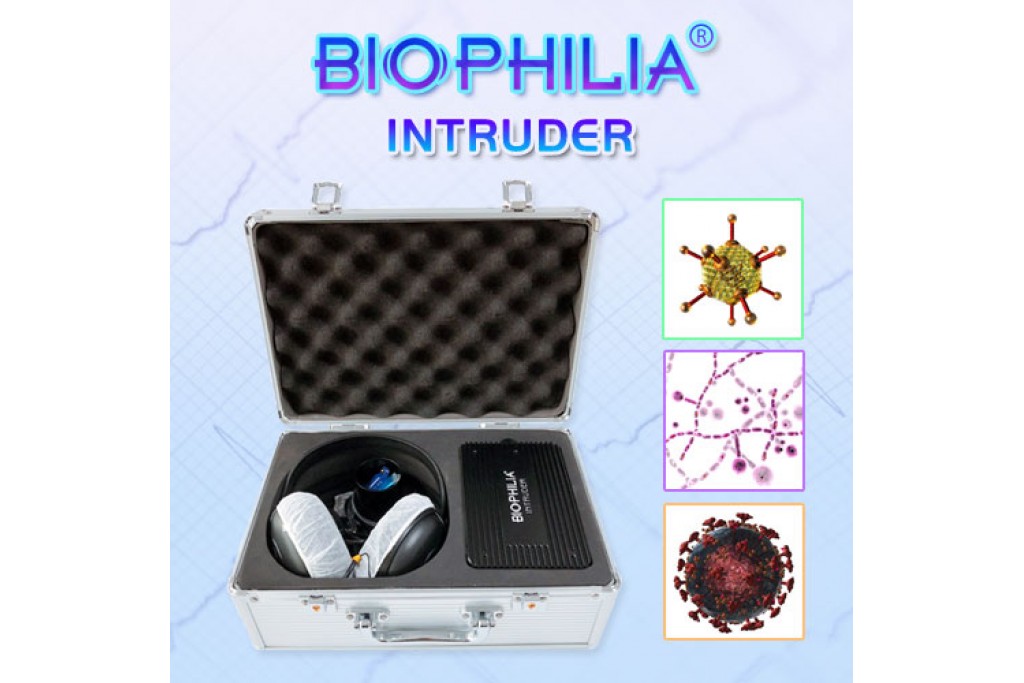The Widespread Use of the Biophilia Intruder
- Chris
- November 11, 2025
- 10
- 0
- 0
Data obtained using a 3D “virtual NLS endoscope” allows for the advance selection of optimal biopsy locations and the determination of the extent of surgical intervention. This method can be used independently or as a link between computed tomography, endoscopy, and NLS research.
The NLS method has been improved not only through the introduction of new technologies but also through new applications. Simple surgical procedures, such as biopsies, have long been performed with the aid of ultrasound, fluoroscopy, and computed tomography. Now, biopsies can also be controlled via NLS.
The cost of the NLS diagnostic system—the Biophilia Intruder—is significantly lower than that of other hardware diagnostic methods. This has facilitated the widespread adoption of this method in low-income countries.
Compared to other hardware diagnostic methods, NLS allows for images that most closely resemble pathological anatomy. This, along with safety, has contributed to the rapid development of NLS diagnostic methods.
In the first decade of the new century, the diagnostic capabilities of NLS technology expanded considerably, primarily due to the introduction of new technologies and the application of modern computing equipment. Concepts such as NLS-ultrasound microscopy and nonlinear spectral-entropy analysis have become standard practice in many clinics.
With the development of inexpensive, portable digital NLS systems, their applications have expanded; improved communication capabilities will allow for the transmission of real-time images from anywhere on Earth to medical consultation centers. The practical market for 3D visualization diagnostic technology has emerged through harmless, non-ionizing methods that enable a variety of dynamic studies, making NLS technology a clear standout.
To achieve significant advancements in NLS image quality, a substantial increase in the quantity and accuracy of the information contained is needed. Increasing the quantity and accuracy of diagnostic information in NLS images is a primary goal of modern technological development.
A growing number of clinicians recognize the necessity of mastering NLS diagnostic equipment, as it clearly requires appropriately educated specialists in the field. Simultaneously, there is a growing trend among traditional medical professionals to focus on computed tomography (CT) and magnetic resonance imaging (MRI) studies.
This is why NLS technology, unfortunately, remains largely hidden within more orthodox diagnostic methods. Clinicians will be (in many ways ready) ready to enhance their diagnostic capabilities by using NLS technology, often without the need for X-CT, MRI, and radionuclide methods.
However, the key to optimal diagnostic and therapeutic applications, in all sense, original and efficient medical technologies can only be found in strategic partnerships between NLS diagnostic specialists, radiologists, and clinicians.

